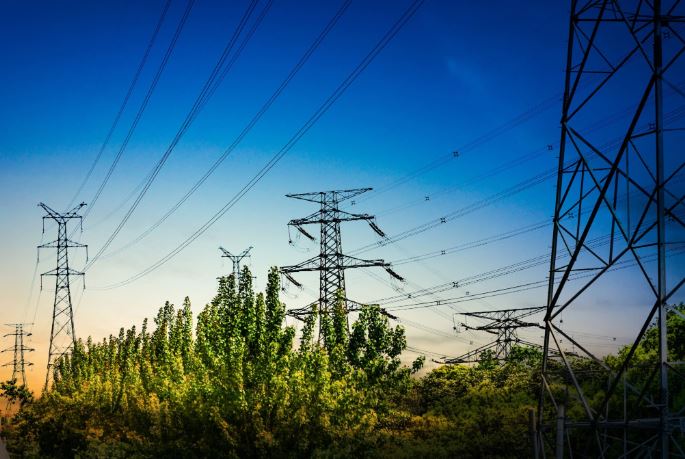Hydropower a Sustainable Energy Future

Hydropower: Harnessing Hydroelectric Potential, and Charting a Sustainable Energy Future
Hydropower stands as the cornerstone of renewable electricity, embodying the promise of clean energy and sustainable development. As nations strive to decarbonize and meet the ambitious targets laid out in the Paris Agreement, the role of hydropower takes center stage in shaping the energy landscape of tomorrow.
The untapped potential of hydropower beckons, offering a reservoir of opportunity waiting to be harnessed. However, realizing this potential necessitates a concerted effort to navigate the intricate nexus of sustainability, investment, and technological innovation.
The imperative to double hydropower capacity by 2050, as advocated by IRENA’s 1.5°C Scenario, underscores the magnitude of the task at hand. Yet, achieving this goal demands more than mere expansion—it requires a paradigm shift in the way we perceive, finance, and regulate hydropower projects.
One of the foremost challenges lies in attracting the necessary investment to fuel this exponential growth. Hydropower projects, despite their inherent value, often struggle to garner the attention of investors. Governments and decision-makers must cultivate an enabling environment that fosters confidence and incentivizes investment in hydropower infrastructure.
Moreover, the lion’s share of hydropower potential resides in developing countries, where financing and regulatory hurdles loom large. Collaborative efforts between financial institutions and governments are indispensable in surmounting these challenges and unlocking the vast potential latent in these regions.
Recognizing the multifaceted value of hydropower is paramount in ensuring its sustainable integration into energy systems. Beyond electricity generation, hydropower offers invaluable services such as grid flexibility, water management, and socio-economic benefits. However, the current market mechanisms often fail to adequately value these contributions, leading to a misalignment between compensation and infrastructure needs.
To address this disparity, regulatory frameworks and markets must evolve to encompass the full spectrum of hydropower services. By aligning compensation mechanisms with the diverse benefits offered by hydropower, markets can catalyze investments and incentivize modernization efforts.
The aging infrastructure of existing hydropower assets presents both a challenge and an opportunity. As the world grapples with the need to integrate variable renewable energy sources, the role of hydropower in providing grid flexibility becomes increasingly pronounced. Retrofitting and modernizing aging plants not only enhances their resilience to climate risks but also enables them to meet the evolving demands of modern power systems.
Policy makers hold the key to unlocking the full potential of hydropower and accelerating its deployment on a global scale. By fostering an attractive business environment, developing supportive policies and markets, and incentivizing technological innovation, governments can pave the way for a sustainable energy future powered by the flow of water.
In essence, harnessing the power of hydropower requires a holistic approach—one that transcends borders, bridges disciplines, and embraces innovation. By embracing the inherent versatility and resilience of hydropower, we can chart a course towards a greener, more sustainable energy future for generations to come.
Information
- 1 King Street, London EC2V 8AU
- contact@ehtcaconsulting.com
- +44 7300 813392

